A contractor's guide to weather-related disaster response
June 20, 2025 at 3:00 a.m.RCS Influencer Wendy Marvin says disaster response separates prepared contractors from the unprepared.
Weather-related disasters strike with increasing frequency and intensity, creating unprecedented demand for construction and restoration services. For contractors, these events present both significant opportunities and substantial challenges. The difference between those who thrive and those who merely survive lies in preparation, strategic thinking and disciplined execution.
The foundation of emergency preparedness
Preparing for disaster response is inherently complex. Resources that are abundant today can vanish overnight when communities face widespread damage. The contractors who emerge as industry leaders understand that preparation isn't optional — it's the cornerstone of both survival and growth during crisis periods.
Establishing robust communication systems
When disaster strikes, information becomes currency. Contractors must develop bulletproof communication processes that handle the inevitable surge in customer inquiries, vendor coordination and internal team management. This means creating standardized documentation protocols that every team member understands and follows religiously.
Successful emergency response requires that all customer and vendor interactions are captured, categorized and accessible. Without these systems in place, critical details slip through cracks, leading to missed opportunities, frustrated customers and operational chaos. The best contractors implement redundant communication channels and train their teams to use them before emergencies occur.
Securing financial resources and supply chains
Cash flow and material access become critical constraints during disasters. Smart contractors establish credit lines, vendor relationships and material sourcing agreements well before storms appear on the horizon. This preparation extends beyond basic materials to include specialized equipment, temporary labor forces and logistical support like vehicles and waste management services.
The goal isn't to stockpile everything, but to secure reliable access when demand spikes and supply chains strain. Contractors who wait until disaster strikes find themselves competing for scarce resources at premium prices, eroding both profitability and competitive advantage.
Prioritizing human resources and safety
The most valuable asset in any emergency response is a well-rested, focused workforce. While it may feel counterintuitive, giving employees permission for downtime enhances overall productivity and work quality. Disasters create intense pressure to work around the clock, but this approach typically backfires through increased accidents, poor workmanship and employee burnout.
Maintaining rigorous safety standards becomes even more critical during emergency operations. The temptation to cut corners increases when demand is high and timelines are compressed, but compromising safety protocols creates liability exposure and damages long-term reputation. Core values must remain non-negotiable regardless of external pressures.
Intelligence gathering and relationship building
Weather monitoring and news awareness provide crucial lead time for preparation and positioning. Contractors who actively track meteorological patterns and maintain relationships with emergency management officials often secure better positioning for response contracts.
Equally important are pre-established relationships with insurance professionals. When contractors align their processes with insurance requirements before disasters occur, they can process claims faster and handle higher volumes of work. This preparation creates competitive advantages that are difficult for competitors to replicate during crisis periods.
Managing customer expectations and ethical standards
Every community member suffers during disasters, creating intense emotional and financial pressure. Successful contractors develop clear prioritization systems and communicate them transparently with customers. This approach manages expectations while demonstrating professionalism and integrity.
The pressure to compromise ethical standards intensifies during emergencies, but contractors who maintain their moral compass build lasting reputations and sustainable businesses. Short-term gains from questionable practices pale in comparison to the long-term costs of damaged credibility.
Disaster response separates prepared contractors from the unprepared. Those who invest in systems, relationships, and disciplined processes before emergencies occur position themselves to serve their communities effectively while building stronger, more resilient businesses.
Wendy Marvin is the co-founder and CEO of Matrix Roof + Home. Read her full bio here.





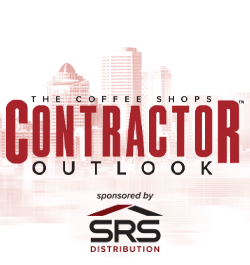


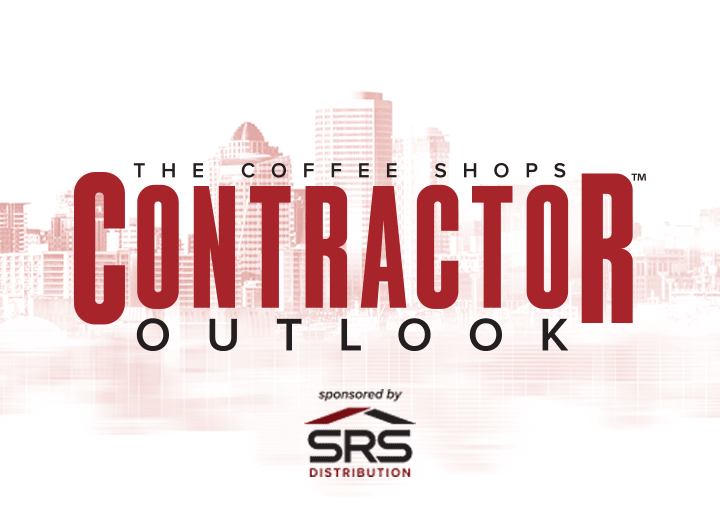




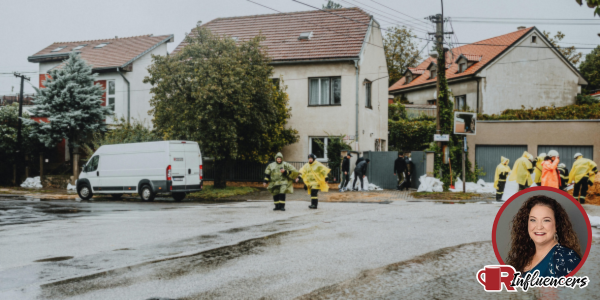

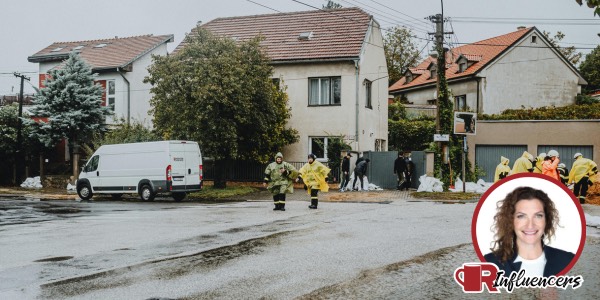


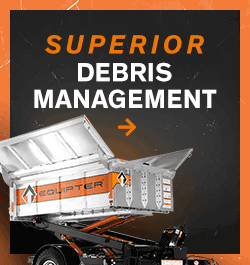



Comments
Leave a Reply
Have an account? Login to leave a comment!
Sign In